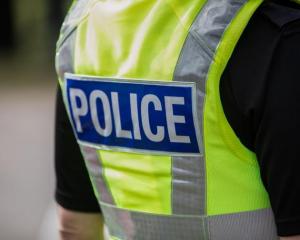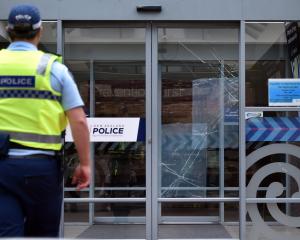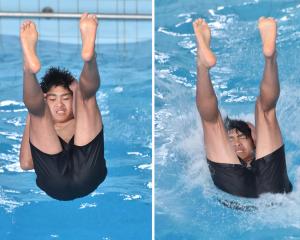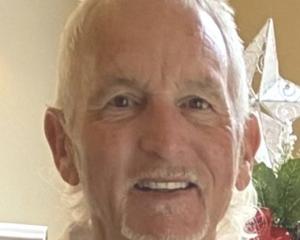David Bain's fingerprints on the rifle used in the 1994 shooting of his family were not in blood, a British forensic fingerprint specialist with 30 years' experience told the Bain murder retrial jury yesterday.
Karl Lloyd, of Worcestershire, said there was "nothing on the rifle to suggest David Bain's prints were in blood".
Mr Lloyd's evidence contradicted that given by Crown witness, police fingerprint expert Kim Jones, last month.
Mr Jones told the court Bain's four fingerprints located on the forestock of the Winchester .22 in June 1994, were sharp and very defined, which meant they had been applied with pressure.
He said the fingers would have been covered in blood before they touched the rifle.
Mr Jones also said he thought the prints were "very recent".
David Bain told the jury at his first trial in 1995 that he had not used the rifle since January or February 1994.
He believed that was when his prints would have been left on the gun.
Mr Lloyd said yesterday none of Bain's prints was in blood.
And he said "a biological answer" was needed to establish whether or not the mark made was in blood.
DNA testing would be used to establish that today, but previously it would have been a blood grouping test.
Mr Lloyd questioned how Mr Jones had the prints photographed.
He also questioned whether the condition of the prints would have deteriorated while the rifle was stored in a cupboard away from bright sunlight or heat.
Mr Jones said that when he inspected the rifle again in 2003, the prints had degraded and their outline had "deteriorated significantly".
The prints were "dry and flaky" because the water in the blood had evaporated, he said.
Mr Lloyd told the court he placed his own fingerprints in blood on a rifle stock last December in England.
Photographs taken in March showed there had been no flaking or deterioration.











